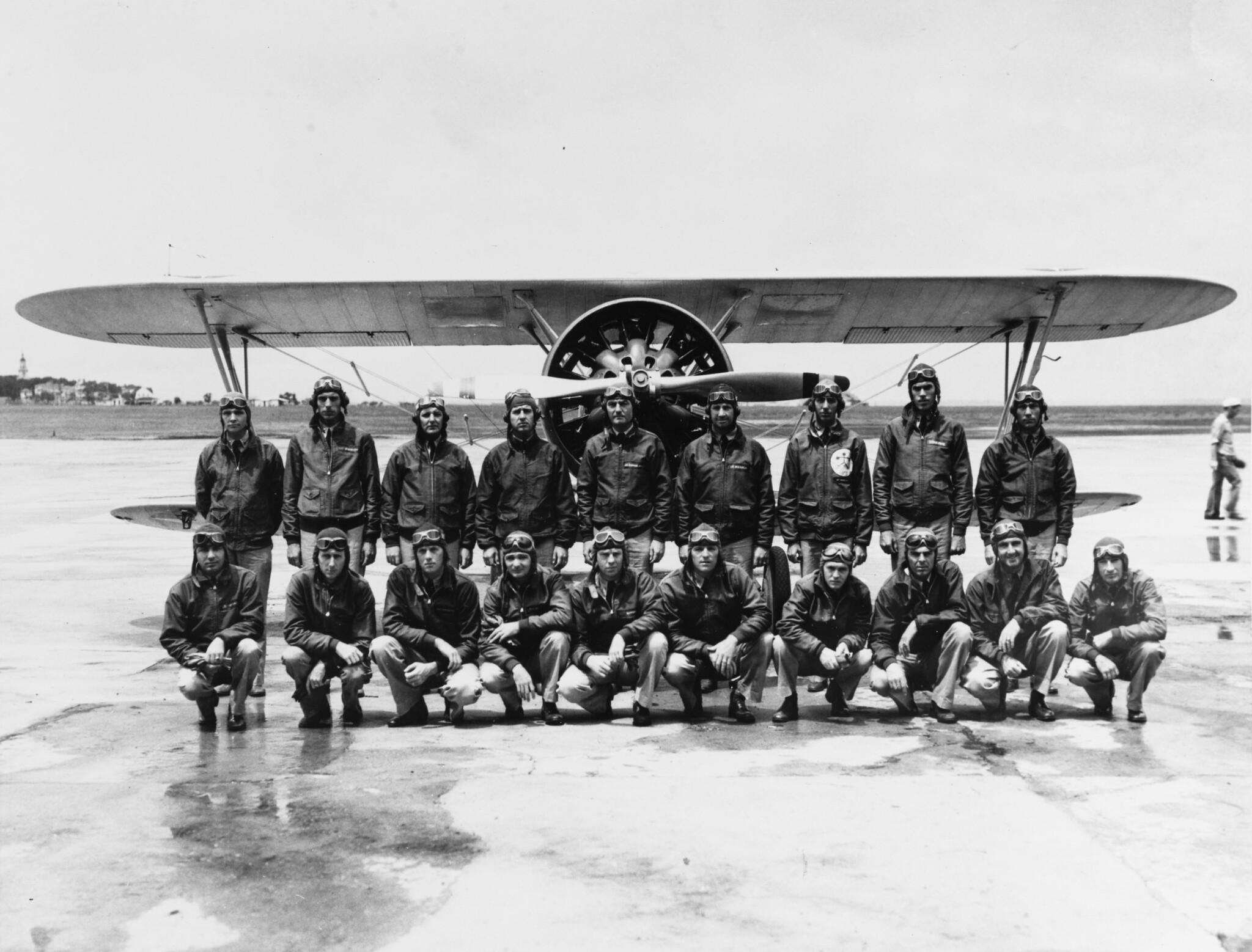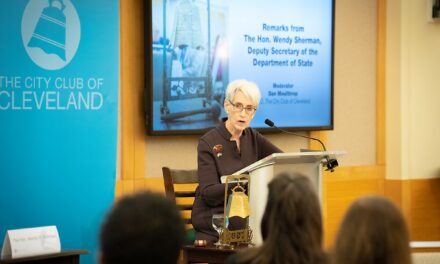CLEVELAND HISTORY
Founding of the Cleveland Orchestra (January 13, 1918): The Cleveland Orchestra was founded, quickly establishing itself as one of the premier orchestras in the world. Known for its precise sound and excellence in performance, the orchestra enhances Cleveland’s cultural landscape and has been a vital part of the city’s artistic life.
Opening of the Cleveland Museum of Art (January 14, 1916): The Cleveland Museum of Art opened to the public, offering access to a vast collection of artworks spanning thousands of years. The museum has since become renowned for its significant contributions to art conservation and education, providing free access to the public and fostering a deeper appreciation of global art traditions.
Launch of the Cuyahoga Community College (January 15, 1963): This day marked the establishment of Cuyahoga Community College, the first community college in Ohio and one of the largest in the state. It has played a crucial role in providing affordable and accessible higher education and vocational training to thousands of students in the Cleveland area.
Dedication of the Hope Memorial Bridge (January 16, 1932): The Hope Memorial Bridge, spanning the Cuyahoga River, was dedicated on this date. Featuring iconic art deco sculptures known as the “Guardians of Traffic,” the bridge symbolizes the city’s industrial strength and architectural innovation.
Record-Breaking Snowfall in Cleveland (January 19, 1978): Cleveland experienced a record-breaking snowfall that severely impacted the city, accumulating over two feet of snow in a single day. This extreme weather event tested the city’s resilience and response capabilities, becoming a memorable aspect of Cleveland’s environmental history.
WORLD HISTORY
Knights Templar Recognition (January 13, 1128): On this date, Pope Honorius II granted a papal sanction to the Knights Templar, a Christian military order founded in 1119. This endorsement was significant as it legitimized the Templars’ status and mission to protect Christian pilgrims traveling to the Holy Land. The order was endowed with various privileges, including exemption from local laws and taxes, which allowed them to grow into a powerful and wealthy institution throughout the medieval period.
Ratification of the Treaty of Paris (January 14, 1784): The Treaty of Paris, which officially ended the American Revolutionary War, was ratified by the United States Congress. This treaty recognized the independence of the United States from Britain and established borders for the new nation. It was a crucial step in the establishment of the United States as a sovereign state and set the stage for its future growth and development.
Opening of the British Museum (January 15, 1759): The British Museum in London opened its doors to the public, making its extensive collections of art and antiquities accessible to everyone, free of charge. Founded from the collections of the physician and scientist Sir Hans Sloane, the museum was the first of its kind to cover all fields of human knowledge, open to the public and free to all ‘studious and curious persons.’ It remains one of the world’s largest and most comprehensive museums.
First Meeting of the League of Nations (January 16, 1920): This meeting marked the inauguration of the League of Nations, an international organization conceived during the Paris Peace Conference at the end of World War I. The League aimed to promote international cooperation and achieve peace and security. While the League ultimately failed to prevent another world conflict, it laid the foundational principles and structures that influenced the later creation of the United Nations.
Birth of Edgar Allan Poe (January 19, 1809): Born in Boston, Massachusetts, Edgar Allan Poe was one of the most important and influential American writers of the 19th century. Known for his poems and short stories, Poe is widely regarded as a central figure of Romanticism in the United States and American literature as a whole. He was a pioneer of the short story genre and is credited with contributing to the emerging genre of science fiction. His works are celebrated for their exploration of the darker sides of human nature and have had a lasting impact on literature and popular culture.






